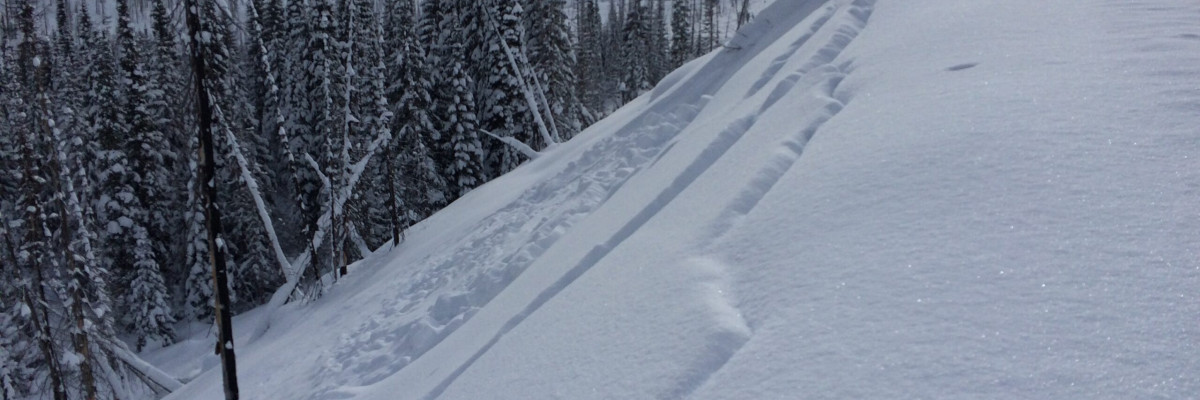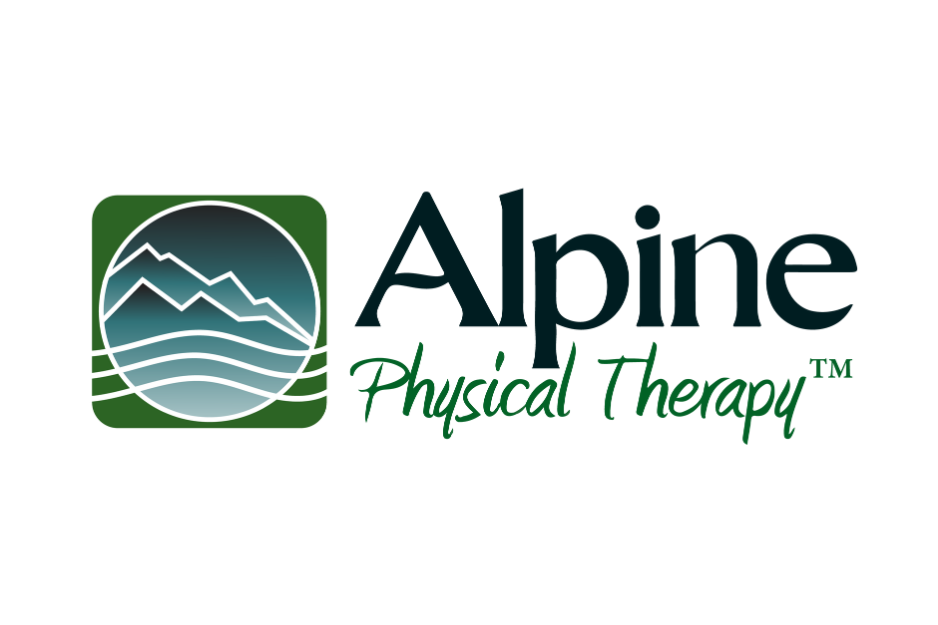There is CONSIDERABLE avalanche danger on recently wind loaded terrain steeper than 35 degrees above 6000 feet in the west central Montana backcountry. Considerable means dangerous avalanche conditions. Natural avalanches are possible, human triggered avalanches are likely. Travel in avalanche terrain under these conditions requires careful evaluation of the snowpack, cautious route-finding and conservative decision-making.
In the southern Missions west of Seeley Lake, there may be locations where the avalanche danger is at the next level. This area was getting hammered by high west winds Friday so expect to find dangerous wind slabs on the higher terrain near the North Fork Bowls. If you see avalanche activity, the avalanche danger is HIGH. Natural and human triggered avalanches are very likely, avoid being on or under steep open slopes.
The avalanche danger is MODERATE at all other locations and elevations within the advisory area.
Good morning! This is Steve Karkanen with the West Central MT Avalanche Center’s backcountry avalanche advisory for Saturday, January 16, 2016. This information is the responsibility of the Forest Service and does not apply to operating ski areas. The danger rating expires at midnight tonight.
Weather and Snowpack
This morning SNOTEL stations are reporting temperatures in the mid twenties and it’s snowing. Most sites have received an inch or two of snow this morning. It’s much cooler at higher elevations with Point Six RAWS and Saddle Mountain SNOTEL reporting temperatures in the teens with 15 mph west winds.
Most locations in western Montana picked up a bit more precipitation since Thursday but the headline is high wind moving snow in the higher exposed terrain.
Tim and I rode into the Elsina Lake/Fawn Peak area Friday and found that the heavy snowfall from the previous 48 hours has settled well and is bonding to the old snow surface. We felt pretty good about the overall stability except for recently wind loaded terrain. We found a small slab avalanche below a steep road cut that was probably triggered as a machine passed by on Thursday. This is the sort of bull’s eye information that indicates unstable conditions. The new snow came in dense and has had time to settle with more moderate temperatures and our stability tests confirmed strengthening. The profile and picture below were taken from this location at 5700 feet near the warming hut. We did not see any other avalanche activity and riders were hitting steep open slopes with no problem.
It will be a much different story on the higher more exposed terrain. High winds were moving a lot of this snow onto lee terrain and these wind slabs will be dangerous for a few days.
We received a report from Yurt Ski who reported little wind at the Yurts but they were uncertain about ridgetop winds. The southern tip of the Swan Range received about 12 inches of storm snow this week.
Stability tests were showing no propagation in the Extended Column Test and moderate scores w/ dirty shear planes in compression tests.
Dudley toured around Lolo Pass Friday and found mostly stable conditions and little wind at the pass. He theorizes that it is still possible to get snow to move on the steeper open terrain but stability tests in this area indicate continued strengthening.
It is important to note that some facets formed on and near the surface prior to this last storm. It’s showing up in some of our snow profiles but is not reactive in testing. This layer was reactive in Dave and Geoff’s pits near Lost Trail Pass earlier this week so as always, it’s worth looking for.
Weather and Avalanche Forecast
A potent weather system fed by Pacific moisture will deliver widespread snow to the area starting today. Snow levels are expected to gradually rise later today causing a mix of rain and snow showers at the lower elevations. We’ll have a short break Sunday prior to the next storm entering the area Sunday night and Monday. Snow levels are expected to rise with this system with a greater threat of rain at the lower elevations. We can expect mostly snow in the mountains, but it may be heavy and dense with high winds.
An active weather pattern is in store for the rest of the week which is a good thing. A few inches of snow every day is better for overall stability than one big dump then nothing for days. Wind slabs and storm snow slabs will be the primary avalanche problems during this period.
Expect the avalanche danger to increase with high winds and heavy snowfall. The elevated danger today is specific to any wind loaded slope steeper than 35 degrees so avoid wind loaded terrain.
Other Information
We have a couple of open slots in our Level 1 avalanche classes. Check our education page for all avalanche education opportunities and for registration information.
Public observations can be important to the avalanche advisory and to other riders and skiers. If you see something, let us know. To send us snow observations use our public observations form or e-mail us at info@missoulaavalanche.org .
Have a great holiday weekend and be safe out there! Logan King will issue the next advisory on Tuesday, January 19th.



















